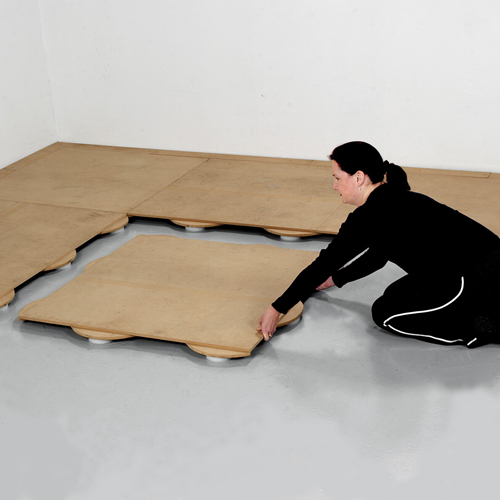Innovative Styling Trends Molding the Future of Interactive Light Emitting Diode Dance Surfaces
Innovative Styling Trends Molding the Future of Interactive Light Emitting Diode Dance Surfaces
Blog Article
Interactive light-emitting diode dancing floors are progressively popular in multiple entertainment venues, including dance clubs, concerts, and gatherings. These surfaces use advanced tech to generate vibrant light showcases that respond to sound and motion. As technology keeps to advance, several innovative design trends are influencing the future of these interactive dance surfaces. These trends not only improve the visual experience but also improve participant engagement and forge a more engaging atmosphere for dancers and audiences alike.
One significant trend in responsive LED dancing surfaces is the integration of intelligent tech. Many recent designs incorporate detectors that detect motion and adjust the illumination in response. This means that the surface can change colors, designs, and effects based on how numerous people are moving and where they are located. This responsiveness fosters a lively environment that promotes involvement and excitement. Additionally, some models allow users to control the lighting through smartphone apps, providing them the ability to tailor their experience in real-time.
Another crucial trend is the utilization of sustainable resources and power-saving technology. As ecological concerns increase, many designers are concentrating on developing LED dancing floors that are not only aesthetically stunning but also sustainable. This includes utilizing repurposed materials for the surface's construction and adopting energy-saving LED illumination. These innovations assist reduce the environmental footprint of events while still providing a captivating visual encounter. By focusing on sustainability, creators are appealing to a more ecologically conscious crowd.
The integration of augmented virtual reality (AR) is also transforming the interactive dancing floor encounter. AR technology allows participants to see virtual images and animations superimposed on the real environment through their smartphones or AR glasses. This can improve the dance floor experience by introducing digital components that interact with the real environment. For example, performers might witness animated top article figures or visual effects that react to their movements, creating a distinctive and engaging environment. This pattern is particularly appealing to millennial crowds who are accustomed to virtual interactions in their daily activities.
Furthermore, the design of responsive light-emitting diode dance surfaces is growing more versatile and adaptable. Many recent models can be readily installed in various environments, from temporary events to long-term setups. This flexibility enables locations to create customized encounters that cater to different concepts and crowds. Some designs even feature interchangeable components that can be reconfigured to form different shapes and arrangements. This adaptability not only improves the visual appeal but also allows for artistic design in event planning.
In summary, the prospects of interactive LED dancing surfaces is being shaped by innovative styling patterns that focus on technology, eco-friendliness, enhanced reality, and versatility. These developments are producing more immersive and immersive encounters for participants, establishing dance surfaces a key element of recreational locations. As these patterns continue to advance, they will likely redefine how individuals engage with music and movement, ensuring that responsive light-emitting diode dance surfaces stay a favored option for gatherings and celebrations.